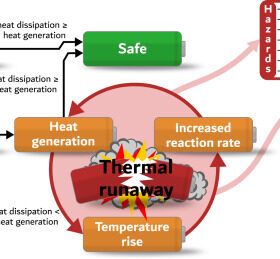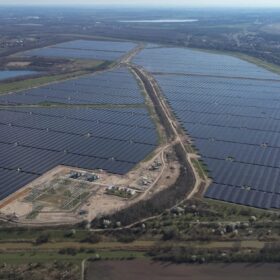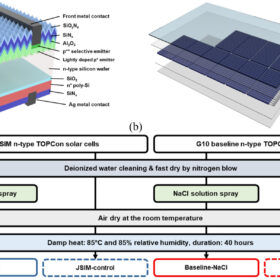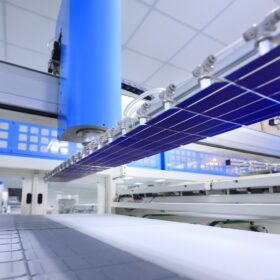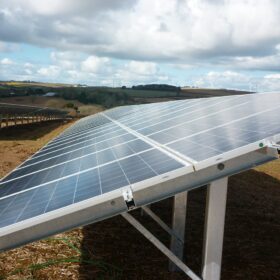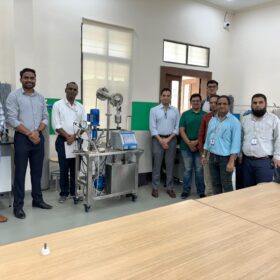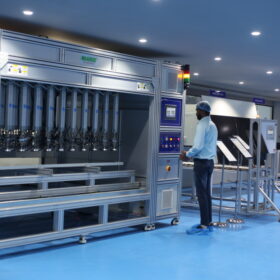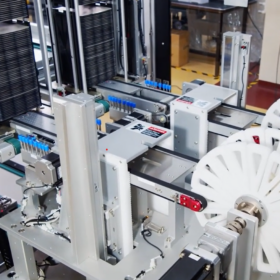How safe are lithium iron phosphate batteries?
Researchers in the United Kingdom have analyzed lithium-ion battery thermal runaway off-gas and have found that nickel manganese cobalt (NMC) batteries generate larger specific off-gas volumes, while lithium iron phosphate (LFP) batteries are a greater flammability hazard and show greater toxicity, depending on relative state of charge (SOC).
Europe’s largest PV plant goes online
Hansainvest Real Assets has switched on Europe’s largest solar plant – a 605 MW installation in Saxony, Germany. The project spans 500 hectares and operates under a power purchase agreement (PPA) with Shell Energy Europe.
New research shows laser-assisted firing improves TOPCon solar cell reliability
Chinese manufacturer Jolywood is currently applying a laser-assisted firing process in TOPCon solar cell manufacturing that can reportedly increase contact quality and corrosion resistance, while also reducing production costs. Scientists at the University of South Wales have investigated the impact of this production process on the quality of TOPCon cells and have found it “significantly” improve their reliability.
The Hydrogen Stream: MAN Truck to deliver 200 hydrogen vehicles by 2025
MAN Truck & Bus says it will deliver 200 hydrogen vehicles to customers in Europe and some non-European countries by as early as 2025, while Provaris has revealed plans to develop a gaseous hydrogen import facility in Rotterdam.
The role of hydrogen in 2024’s energy landscape
With its versatility and potential for decarbonization, hydrogen is scripting a new chapter in the narrative of clean energy.
Finland to host 90 GWh thermal energy storage system
Vantaa Energy plans to construct a 90 GWh thermal energy storage facility in underground caverns in Vantaa, near Helsinki. It says it will be the world’s largest seasonal energy storage site by all standards upon completion in 2028.
China’s Seraphim begins work on 10 GW module factory
Seraphim says it will build a new 10 GW solar panel factory in two phases in Guangzhou, with an investment of CNY 6 billion ($829.6 million), while JA Solar has announced plans to construct a 5 GW panel factory in Inner Mongolia.
Digital manufacturing ecosystems for solar, green hydrogen, and lithium-ion battery solutions
Overcoming industry challenges requires collective efforts and partnerships that foster innovation and shared growth. This is why digital ecosystems are now becoming the buzz words and a necessity for the manufacturing companies in the renewable energy value chains.
Italian startup testing PV sleepers on railway line
Greenrail Group has started deploying special its PV railroad-tie solution along a railway line in Emilia Romagna, Italy. The company designed the system according to the UNI 10349 standard.
Longi releases wafers for TOPCon, heterojunction, back-contact cell tech
Chinese manufacturer Longi says that its new Tera wafers offer a notable efficiency boost of approximately 0.1% across various cell technologies.
